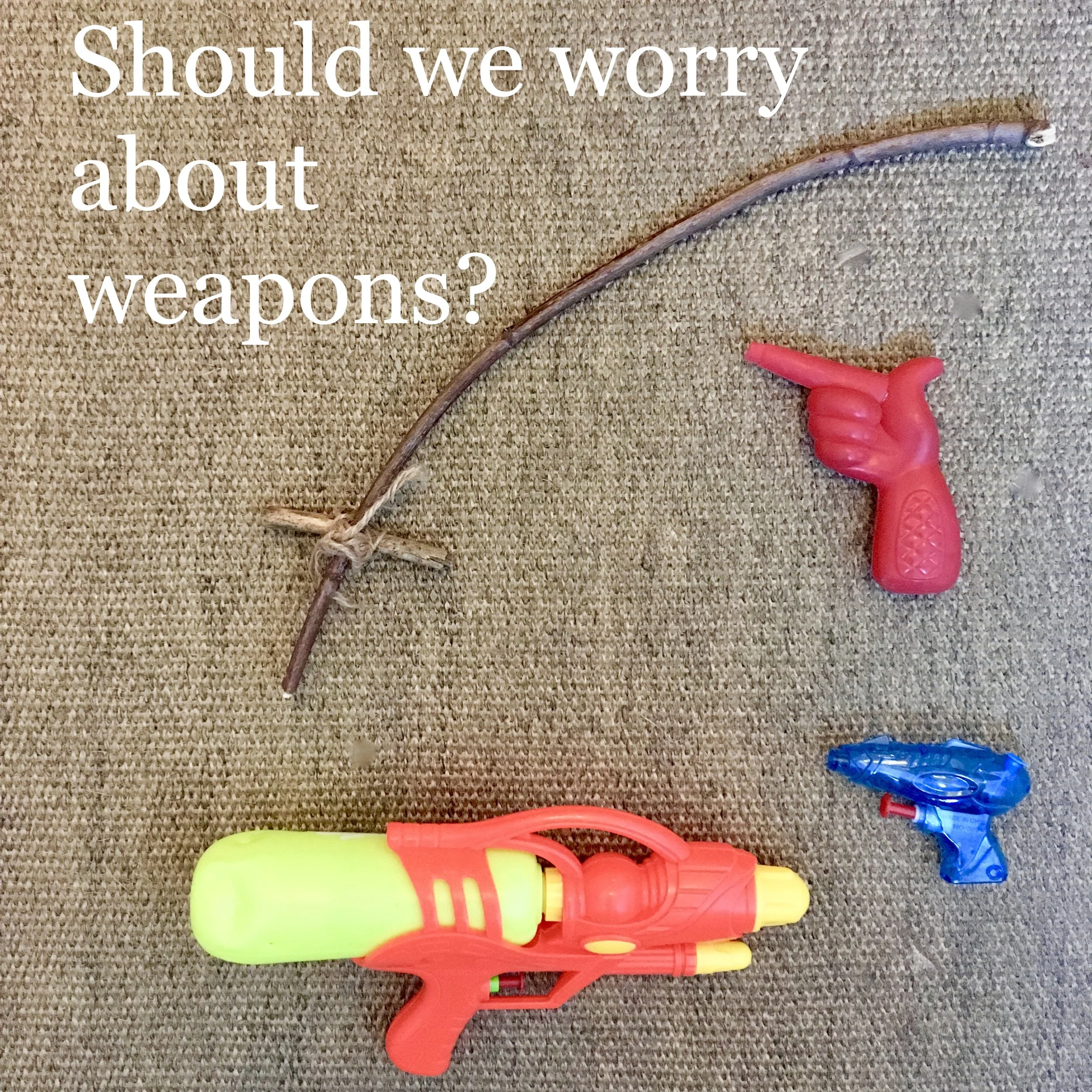Issue 3: Letter from the Editors
“People tend to forget that play is serious.”
From Hayley
As a one-time drama student, I can remember spending a whole day standing in a circle with about 20 others around one dustbin lid. Stepping into the circle, you had to pretend the lid was something and begin a story, others would join in. It’s a great game that can last for hours, the trick is to say ‘yes and’ when you hear something outlandish; blocking or changing the thread with a ‘no’ stops the flow.
I love playing and I think it’s important for both kids and adults. Kids are the masters of play and they use it to learn and to pretend to be the things they see around them. For adults, make-believe is all around; it’s the essence of drama, encompassing film and TV, and fiction. Play is powerful – stories and make-believe put you inside somebody else’s mind, teaching empathy and strengthening the connection between humans, whether you’re 2 or 92.
I wonder about play for adults, does reading a story count? Watching TV? Going for a run? Are we playing all the time as we tease ideas in our minds? I’ll be sad if I see my kids stop playing one day. I hope they’ll find a sport or hobby that they love and continue to enjoy long into adulthood.
Football has been a constant backdrop to my existence, though I don’t profess to be an expert and I certainly can’t score a goal! I am interested in what drives the powerful love of the game. I’ve written a bit about it for this issue, but it’s a subject I intend to return to, so I’d welcome insights and feedback.
Play should be fun, and I hope this issue is enjoyable to read, but at its heart is an important discussion about equality. I’ve got Angela Saini’s book on my reading list thanks to Kirstie’s compelling dive into our own complicated relationships with expectations of boys and girls.
Take a ball to an open space in the UK, Columbia, Spain, New Zealand, Ghana and it’s possible to play with others regardless of wealth, language, race, politics and religion. Play is universal and it’s magical.
From Kirstie
‘Will you play with me?’
This was our first proper school summer holiday, so I heard this question many times (too many times) and nearly always delivered in a whining voice. But with no holiday childcare I took these six weeks as work of a different kind and I gave myself up to answering yes to the playing. So we played. Board games and card games, Tag and Stuck in the Mud. We did Lego, trains, pretend tea parties and doctors, and even invented a non-capital-punishment-based version of Hangman. We played I-Spy. A lot of I-Spy.
Over the six weeks I learnt that I am terrible at playing. I get frustrated or bored easily. My mind wanders to important things like what’s for dinner, and not so important things like, I wonder if anyone’s said anything interesting on Instagram.
But by the end I did actually feel like I was beginning to re-learn a skill I’d lost. I actually enjoyed a full Lego morning. I even began to embrace the lack of rules. In fact when one of the players of I-Spy pronounces R and W the same and has no clue which words begin with either letter, and one prefers to pick objects you CAN’T actually spy, it is actually a more fun game than you’d think.
Of course, it was holiday time and we (I) had nothing else to do all those hot summer days - no routines, no rushed supper/bath/bed-time stress, no worries about school bags and work deadlines. Play seems far away now term has started again.
So this issue is all about how, why and what our kids play. It’s been heartening for me to read that play doesn’t come easily to all of us - hopefully Caroline Brimmer’s tips for playing outside will help us make the most of the autumn days. And I’ve also enjoyed hearing from Sandplay psychotherapist Emma Allen about the whys and whethers of weapon play. The question that’s come out of this issue for me though, is how much our kids take their cue from us and are we really offering our children equal play?
I’m looking forward to hearing what you think about it all – we’ve really loved your response to Issue 2: Fashion, and are delighted to feature your top tips for independent gender-neutral clothing retailers.










